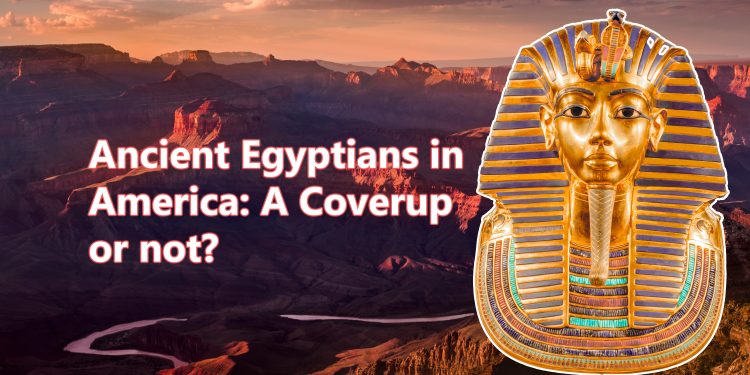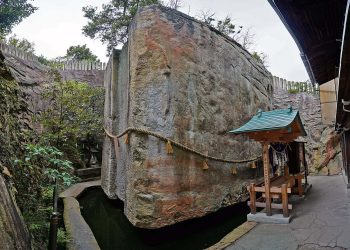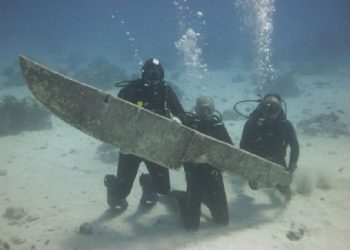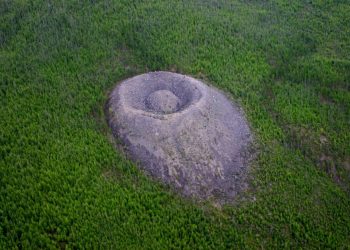In 1909, a surprising newspaper article was published in the United States. On April 5, 1909, the Arizona Gazette published an article suggesting that one of the most reputable scientific Institutes in America, the Smithsonian, had covered up the discovery of ancient Egyptian ruins in the middle of the Grand Canyon. To be more specific, the article mentioned the discovery had been made in the so-0called Marbel region of the Canyon. As per the newspaper, it would point towards a mind-bending Egyptian-American connection long before America as we know it was “found.”
According to the Arizona Gazette, the ancient Egyptian artifacts were discovered in very remote parts of the Canyon, extremely hard to access and dangerous to approach. The alleged site the Smithsonian is said to have covered up was some 2 miles from the El Tovar Crystal Canyon. The report suggests that the entrance to the mysterious cave was around 1,500 feet below an abrupt cliff.
One of those conspiracies?
Of course, the Smithsonian never admitted it. Instead, they denied anything to do with the discovery and cover-up, saying they never recovered any artifacts. This is well documented in the book called Suppressed Inventions written by Jonathan Eisen, where a spokesperson from the Smithsonian is quoted saying that the Smithsonian never recovered anything related to ancient Egypt from the Grand Canyon. However, the man behind the alleged discovery, an adventurer and explorer called G.E. Kincaid, is said to have found not only ancient Egyptian artifacts but also hieroglyphs written on the cavern’s walls.
Clearly manmade
As per this source, Kincaid wrote that the passages he had seen were chisel as straight as an engineer could lay out. The ceilings of the rooms converged at the center. Side passages near the entrance ran at a sharp angle from what Kincaid described as the main hall. Then, towards the rear, they gradually reached a right angle in direction.
Check out the following video for an in-depth view of the theory, and judge yourself.
The Mainstream
It is always nice to delve into these mysteries and maintain an open mind. But, of course, we know that mainstream experts would probably never acknowledge that such a discovery was ever made because it would drastically change how we view history. This is even though we know that much of our modern history is wrong. Like, for example, the fact that it was not Columbus who “found” America. Even though Christopher Columbus is credited with finding America, there is evidence of contact between Vikings and natives much sooner. There is also some evidence that suggests the ancient Chinese traded with natives long before Columbus.
Cocaine mummies
And before signing off from this article, I would like to briefly discuss an important discovery made by a German scientist. In 1992, German toxicologist Svetlana Balabanova found traces of cocaine and other drugs on the mummified remains of an ancient Egyptian priestess who lived during the 21st Dynasty, Henut Taui. This was a huge deal. Why? Because cocaine is one plant native to the Americas. The plant was not considered to exist in Africa until after Columbus “discovered” America. So how did cocaine get in contact with an ancient Egyptian mummy? The mystery remains.
Have something to add? Visit Curiosmos on Facebook. Join the discussion in our mobile Telegram group











